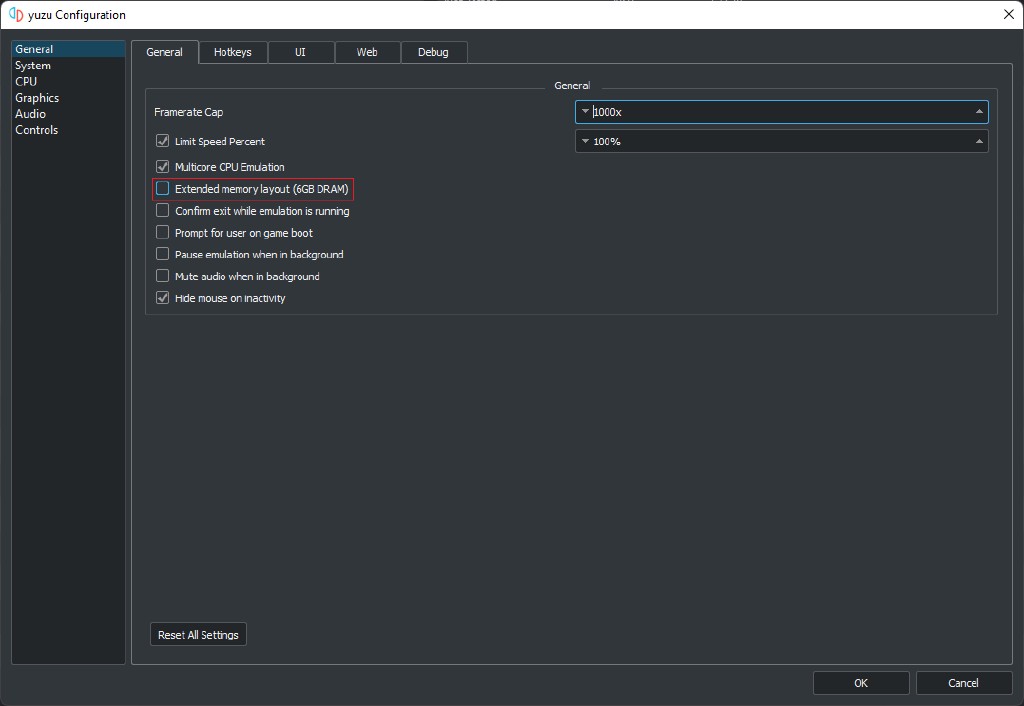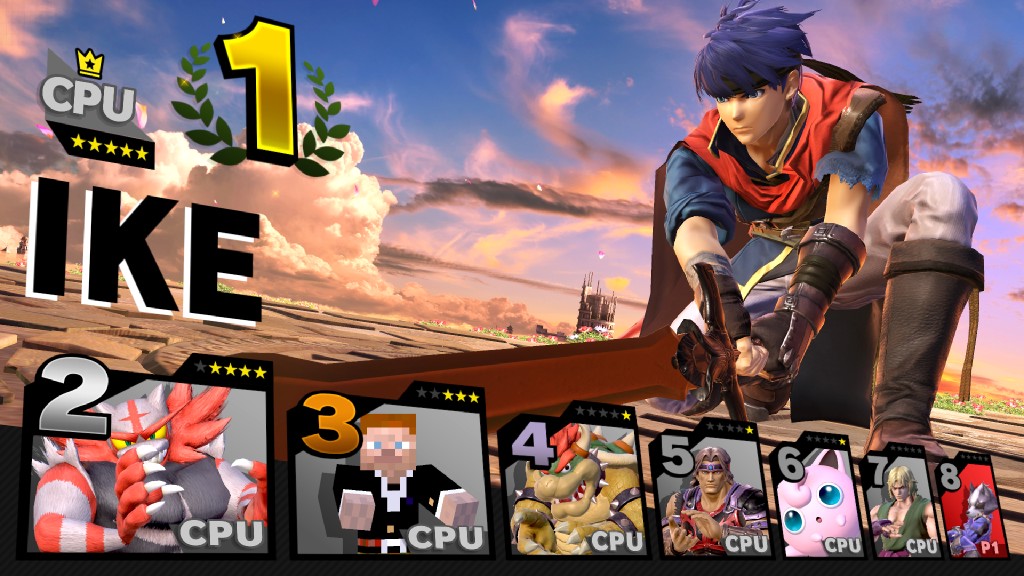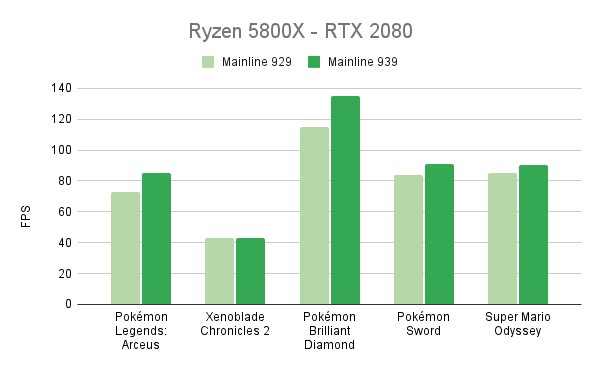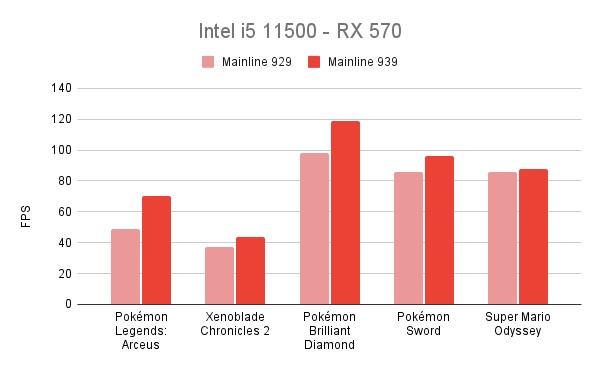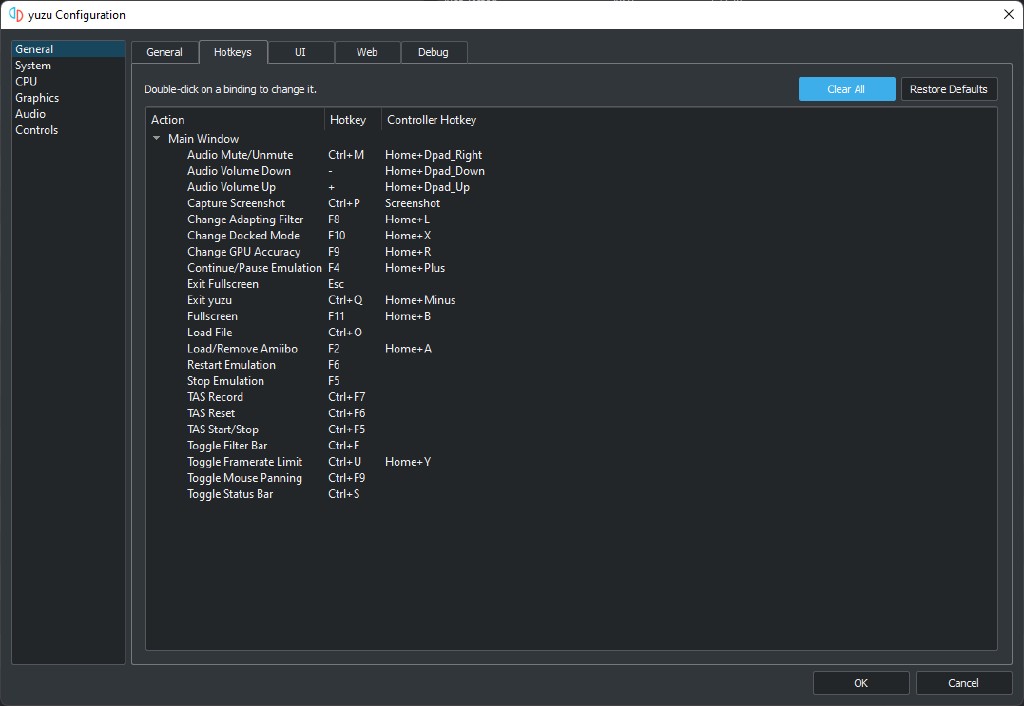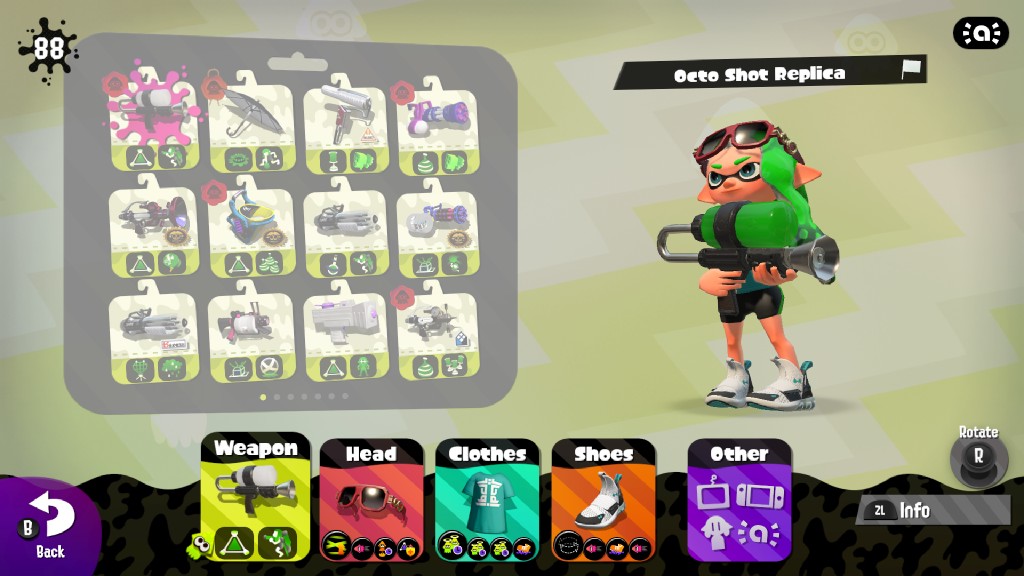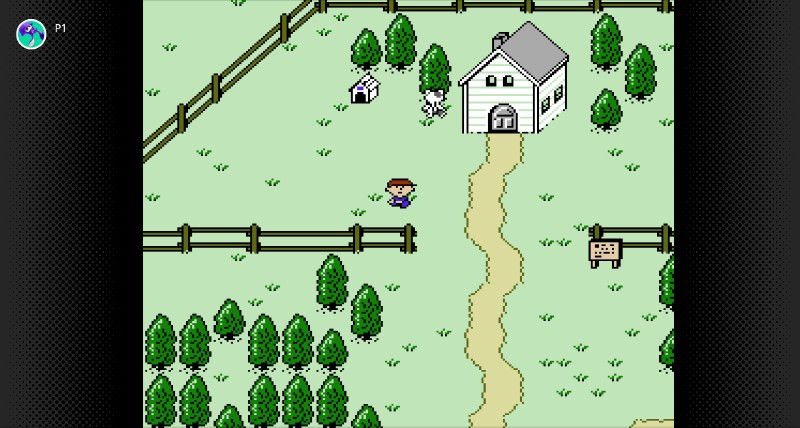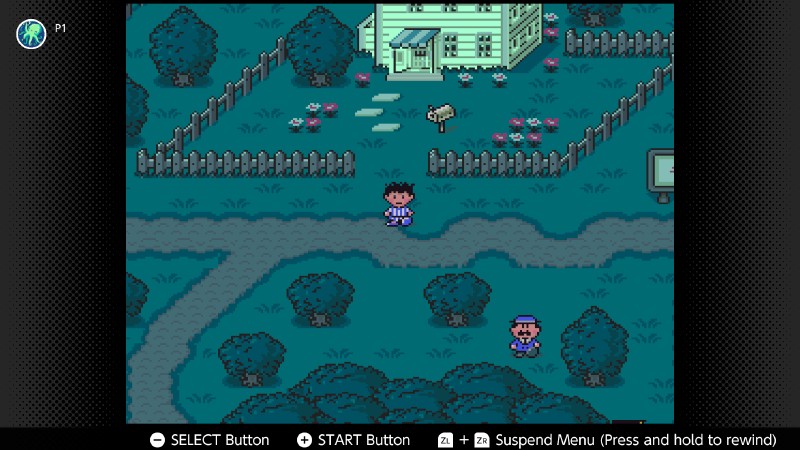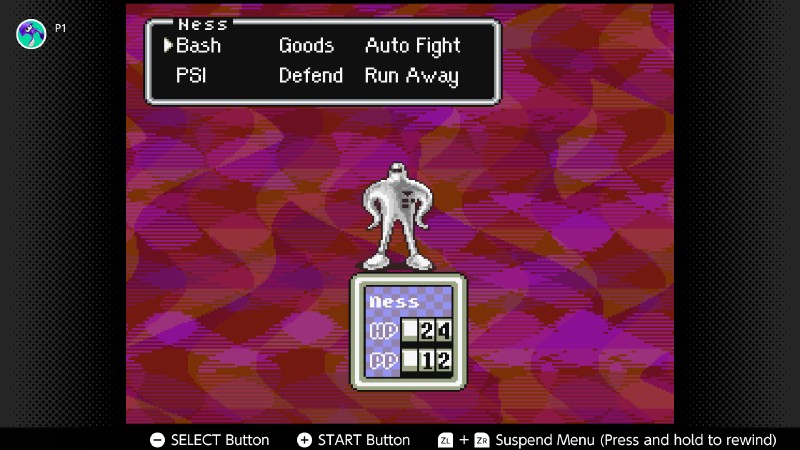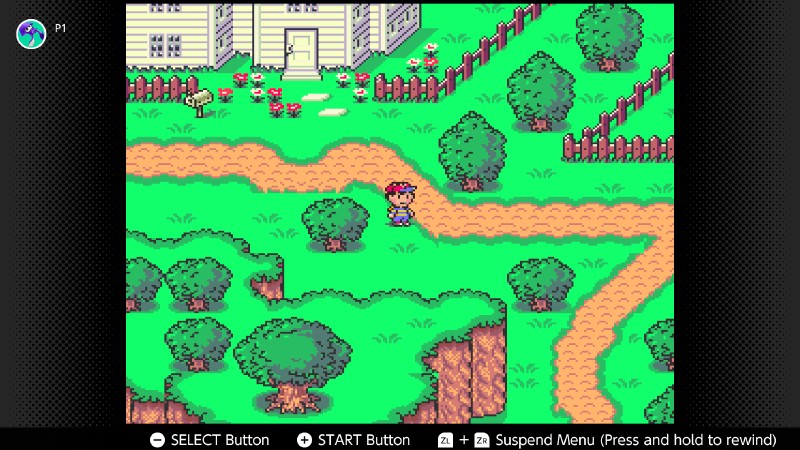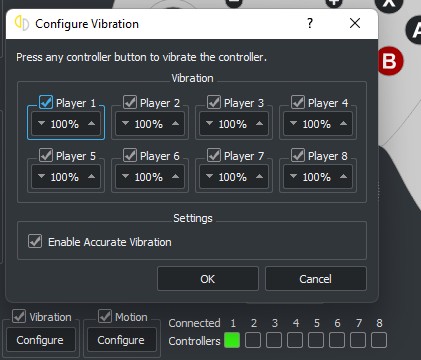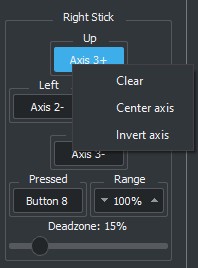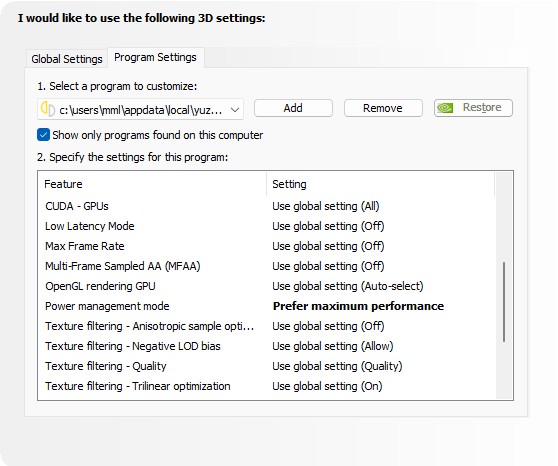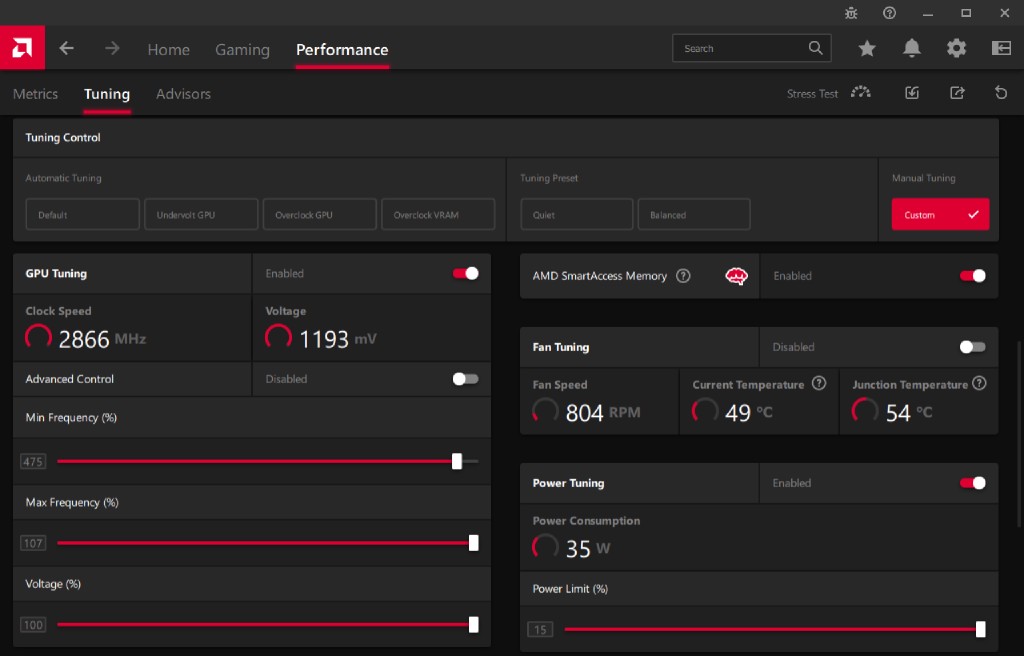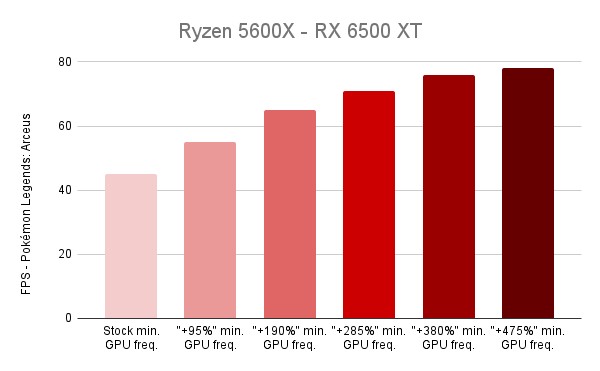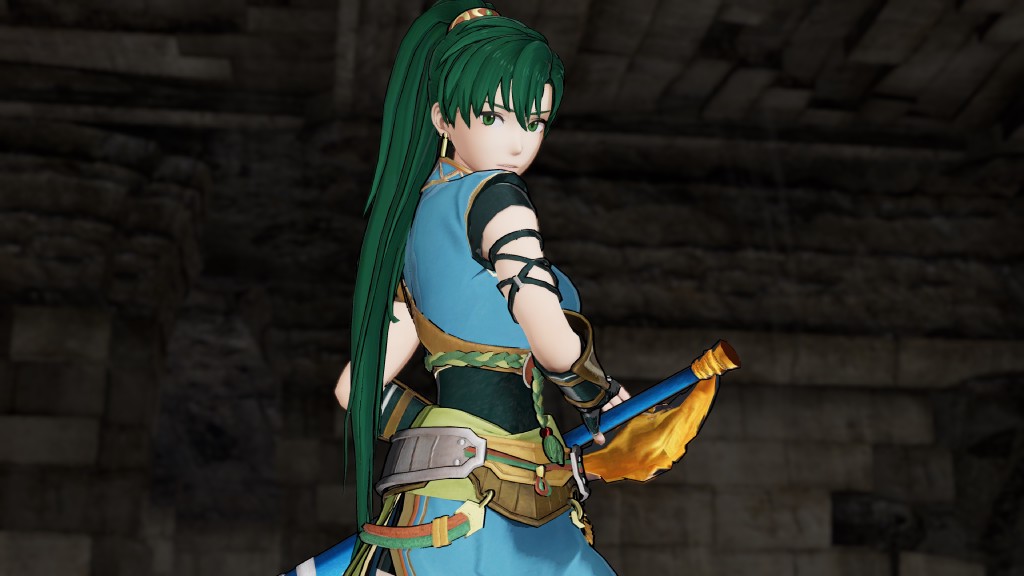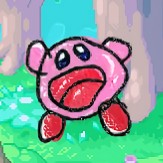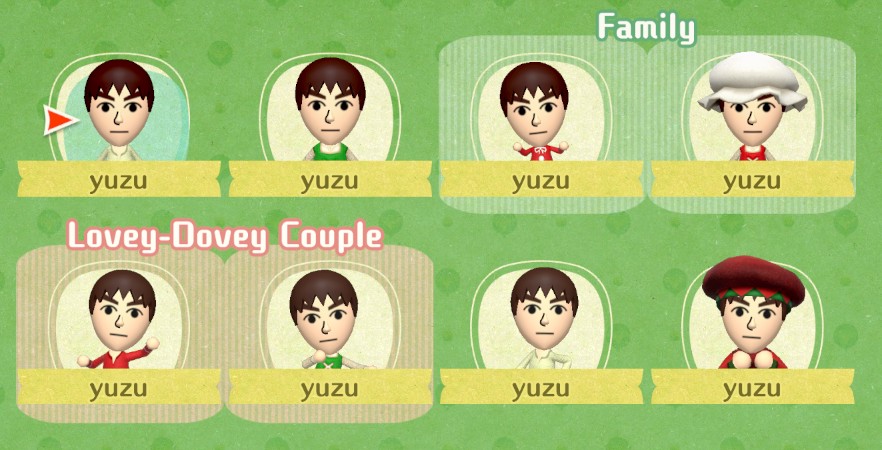Glad to have you here, yuz-ers! This month, we’re proud to showcase a ton of kernel changes that finally fix long standing bugs, massive performance improvements, UI and input changes, and more!
But first, we present to you: a heavily requested feature. Not for yuzu, but for our articles.
While we try to only discuss changes that are currently available in Mainline builds, due to time constraints or delays, we sometimes list pull requests that will be in Early Access for a few extra days after the release of a progress report.
To allow for accurate status reports, liushuyu implemented hovercards that we writers can then add to links for pull requests. If you place the mouse over the dotted hyperlink, you will be able to see the current status, title, number, and merge date of a PR. Try it here! .
The different possible statuses are:
- Red: Pull request closed, it won’t be part of any build
- Purple: Merged to master, it already is on Mainline, or will be in 24 hours at most (if our buildbot doesn’t die in the process!)
- Green: Pull request open, not yet added to Mainline unless it has the
mainline-mergetag, check the pull request link to confirm
You can come back to the articles at any time from now on to see if a feature has been merged to Mainline already, as these cards will update dynamically accordingly. Keep in mind that this is not an immediate process. A merged pull request will be added to Mainline in the next autobuild, so it may take up to 24 hours to see a status change on this site.
With that out of the way, let’s get started!
Graphical fixes, and how to increase performance
Due to problems with the RADV drivers on Linux, using the Vulkan API would crash yuzu when run on AMD’s RDNA2 graphics cards. Most notably, this problem affected the Steam Deck, as reported by users who tried testing yuzu on their devices.
It was determined that the crash happened because of VK_EXT_vertex_input_dynamic_state, a Vulkan extension used to minimize the number of pipeline objects needed during the shader compilation process.
These structures are massive, and sometimes, a game may want to change only a small portion of the contents held in them, such as the vertex input state.
Using this extension allows the API to dynamically change these members in the structure with a simple function call, eliminating the need to create a whole new object, thus, reducing the amount of resources used by the operation.
While this bug is being resolved upstream, epicboy pushed a PR to blacklist the extension on RDNA2 devices running RADV drivers, so yuzu does not outright crash.
But there was still one more driver with problems for us out there.
Mesa’s ANV driver on Linux does not support the texture format VK_FORMAT_B5G6R5_UNORM_PACK16, and this caused yuzu to crash when running a game that made use of it, such as Bowser's Fury.
To bypass this problem, voidanix implemented a solution that emulates BGR565 textures by swizzling the RGB565 format
instead.
In a similar vein, Morph implemented a missing vertex format
, used by the title パワプロクンポケットR (Power Pro Kun Pocket R).
asLody also implemented a missing framebuffer format
, this time used by Yo-kai Watch 4.
Another fix by this developer was adding missing semaphore operations
for MaxwellDMA, used by Legend of Zelda: Breath of the Wild and Pokémon Legends: Arceus.
Kernel changes, and how to tame Smash
Continuing with the ongoing work on the kernel, bunnei has revamped the kernel memory manager to make it more compatible with the latest system updates.
One neat setting that came along with these changes is the ability for yuzu to support different memory layouts, such as the “6 GB extended memory layout”, used in developer units (a feature requested by the modding community).
Some mods can utilize more RAM than the Switch can provide, mainly high resolution texture replacements.
To solve this issue, bunnei added a toggle to enable the extended 6GB memory layout
that real developer kits would have available.
Those extra 2GB will allow heavy mods to work without issues.
You can find the setting in Emulation > Configure… > General > Extended memory layout (6GB DRAM).
Don’t expect it to make a difference in emulation performance, games will not care if the emulated console has more than 4GB, they only care about having enough free memory for their operations.
bunnei has also been improving the accuracy of the page table management by migrating locks to using emulated guest locks and improving the mapping and unmapping of physical memory .
As always, the biggest motivator behind this work is increasing the accuracy of our implementation, while also fixing any bugs that may have been hiding there these past years.
Dynarmic, our ARM JIT recompiler, also got a number of new optimizations and bugfixes this month.
Blinkhawk corrected the fencing logic for the serialization of memory store/load operations in Dynarmic’s x64 code emitter, and subsequently updated the submodule
to bring these changes into yuzu’s codebase.
This fixed the freezes that affected Pokémon Legends: Arceus.
While investigating the stability issues of Super Smash Bros. Ultimate, bunnei and Merry found that the problem was caused by an error in the SpaceRemaining function, used to calculate the remaining space available for JITed code in a cache block.
Dynarmic splits these code blocks in two regions, named near and far.
This scheme aims to minimize L1 CPU cache misses by keeping “hot” code in near readily available for execution, while “cold” code is pushed into the far region.
Due to a bug in the way the remaining space was being computed, the near region would overflow into the far region, overwriting “cold” code with “hot” code.
The CPU would then attempt to run the “cold” code that was previously there, and crash horribly on the try.
Ultimately (no pun intended), this translated as crashes after a few matches in SSBU, since that was the time it took to run out of space and overflow the cache.
By correcting the comparisons
used to compute this value, the devs were finally able to mitigate one of the longest-standing problems surrounding this title.
Merry has also been busy implementing support for a new CPU optimization
, which makes the emulation of ARM exclusive access instructions through the use of cmpxchg (compare and exchange) instruction of the x64 architecture.
The ARM instruction set contains instructions that can exclude access to a memory address, so that only some instructions — a pair, in this case: one for reading values, and another for writing them — can operate safely in a multicore environment, without the interference of instructions from other threads, who may also want to access the same value in memory.
It achieves this by marking the address “for exclusive access” after reading the value in memory, so that an “exclusive” store instruction only writes into this address if it is marked with this flag. A “normal” store instruction, on the other hand, was designed to always clear this flag after writing. Thus, the exclusive instructions can use this information to know when the value in the memory address was altered by a non-exclusive instruction, and restart the whole job again, until the operation succeeds.
ARM is able to control this behaviour through a piece of hardware called the Exclusive Monitor.
But emulating these instructions accurately on the x64 architecture can be very difficult, given the complex nature of testing and debugging in a multithreaded environment.
Thus, their previous implementation was rather conservative and inefficient, to ensure concurrency.
It is possible, however, to approximate the original behaviour through the use of cmpxchg, which compares the value in the memory address with a reference, and if they match, it writes a new value into it.
Thus, one can use the value in a memory address as the reference, and later write another value into the same address if, and only if, the stored value matches the reference.
Relying on the semantics of this instruction, exclusive memory reads and writes can be inlined into the JITed code and speed up their execution.
Titles that make extensive use of these exclusive instructions, such as Pokémon Legends: Arceus, should see a slight increase in performance.
General bugfixes and UI changes
german77 did some work on the UI to spice things up.
He improved SDL battery level detection , realigned some of the UI elements in the control settings, and gave us new, prettier battery symbols!
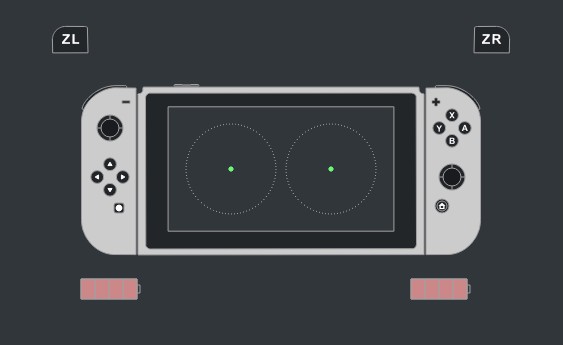
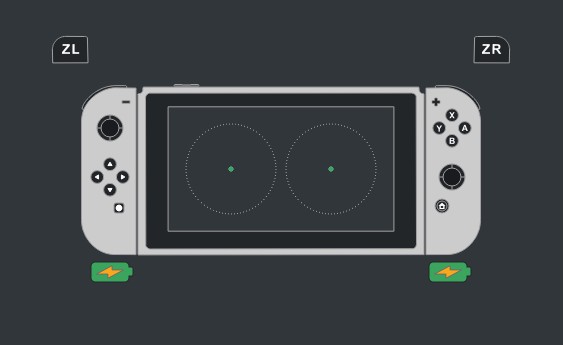
Cute and simple!
german77 also added new hotkeys by popular request. Joining the fray are Docked/Undocked (for controllers), Window Adapting Filter, GPU accuracy (switches between normal and high), and mute/unmute audio.
Another highly requested fix was improving Amiibo support . Our old code wasn’t very accurate, leading to several games failing. While there is room for improvement, this new implementation is far more accurate and should allow stable use of Amiibo dumps in most games now.
We also want to announce that native support for NFC scanning of physical Amiibos is being worked on! We’ll have more information to share as progress is made.
Morph fixed a weird issue that’s been appearing lately. Under some circumstances, after reopening yuzu, the window would be a maximized borderless… thing. As it turns out, for some reason the configuration file was not resetting the frameless flag after closing yuzu. Forcing a removal of the flag at each boot solves the issue.
Maide added a very useful feature to modders and anyone interested in the internals of their games.
Previously, yuzu dumped the base exeFS, which only includes data from the base game, missing any new addition from updates or DLCs.
Instead, by dumping the patched exeFS
, like EliEron suggested in the past
, users will have access to update files!
toastUnlimited found out that Splatoon 2 crashes when accessing the inventory in the LAN lobby.
Stubbing the IsUsbFullKeyControllerEnabled function
is all that was needed.
Splat your friends with impunity!
For retro gaming fans, both toastUnlimited and german77 have fixes for the SNES and NES emulators included with the Nintendo Switch Online service (yes, you can dump and play those offline too).
Stubbingmnpp:app
solves crashes, and updating the process revision
of our audio emulation allows the official emulators to work properly on yuzu.
Our team members are big Earthbound fans
Input improvements
As it happens each month, german77 dominates this section.
As a way to test how strong the current rumble setting is, you can now force the controller to vibrate by pressing any button while the Configure Vibration window is open.
Gamepads have drift, not only in the exaggerated fashion Joy-Cons are known for, but every gamepad has a certain degree of drifting to it. To hide this, consoles auto-center their sticks.
On yuzu, one of the limitations of SDL is that it will only read the factory calibration on a Nintendo official controller, skipping any user calibration profile that may be available. We counter this by auto-centering at boot, but sticks can still go anywhere they like, so german77 adds an option to manually center each axis as an additional option. Just right click any direction of a stick in our controller settings.
Support was added to allow mapping the Enter key , which previously just restarted the mapping process.
toastUnlimited added support for motion inputs
to yuzu-cmd, our terminal version of the executable.
Terminal warriors can now enjoy some Just Dance too.
Improving emulation to not use emulation
xerpi implemented the 32 bit version
of the OutputDebugString, CreateCodeMemory, and ControlCodeMemory supervisor calls. Thanks!
xerpi’s help has a bigger objective in mind than just helping some little-known Switch emulator.
They’re developing vita2hos, a translation layer to run PlayStation Vita apps and games natively on the Nintendo Switch!
The road ahead is long, since most Switch debug tools are 64-bit only, and the Vita is firmly a 32-bit console, so several rewrites and changes are in order to get the project going.
yuzu lacks some functionality to offer full 32-bit execution mode support, so the PR was opened to help improve that area, since xerpi is using Switch emulators to assist and ease development. We can’t wait to see how this project grows!
Vulkan is the future
With the work on Project Y.F.C and other changes scheduled, we’re slowly aiming for enabling Vulkan by default, and keeping OpenGL in long term support.
This section will not list changes in yuzu, but settings users can tweak to improve their Vulkan performance in yuzu and other emulators.
One of the main issues with performance on Vulkan is the aggressive frequency management current GPUs will do to save power. Since the actual 3D load produced by Nintendo Switch games will be very low for even a modern low-end GPU, clock speeds tend to stay on the power saving side of their spectrum.
An easy way to considerably improve performance is to force the GPU to run at higher sustained clock speeds. The highest value the GPU can reach is usually irrelevant here as most GPUs will be faster than a Switch’s Tegra X1, but the sustained clock speed is what will keep framerates high and stuttering to a minimum.
NVIDIA users have a simple single setting in the NVIDIA Control Panel, Prefer maximum performance.
You can find this toggle in 3D Settings > Manage 3D settings > Program Settings tab click on Add and select yuzu from the available options, then scroll down to Power management mode and set it to Prefer maximum performance.
On the AMD side, this requires a bit of manual work, and may only be compatible with RDNA based GPUs. Only relatively recent Radeon drivers added the option to tune both minimum and maximum GPU frequencies on the included Radeon WattMan.
This can disable the warranty of your Radeon product.
What needs to be done, in a similar way to NVIDIA, is to add yuzu as a profile on the Gaming tab, click on Tune Game Performance and set Tuning Control to Custom.
Enable GPU Tuning and you will be able to tweak the Min. Frequency (%).
Using a humble (and worse than mediocre) RX 6500 XT as an example, we can see Pokémon Legends: Arceus increase its framerate up to 73% for free, managing to surpass an RX 570 at ease, simply by raising the minimum clock speed from 500MHz to 2875MHz (a 475% increase, as the next graph shows).
The performance gains here can be massive, but one can start to see diminishing returns past a certain point.
Future projects
Project Y.F.C. continues to mature as more previously broken games start to become playable.
Blinkhawk informs us that he’s currently changing focus to performance.
We can’t wait to tell you more!
Morph has a message regarding the progress of Project Gaia:
And german77 has been playing with implementing a Mii editor applet . Current support is pretty barebones, but anyone interested is free to build the pull request and try it.
That’s all folks! We thank you for your time, and we hope to see you next month. Glory to Mankind.
Please consider supporting us on Patreon!
If you would like to contribute to this project, check out our GitHub!
Advertisement
Advertisement


